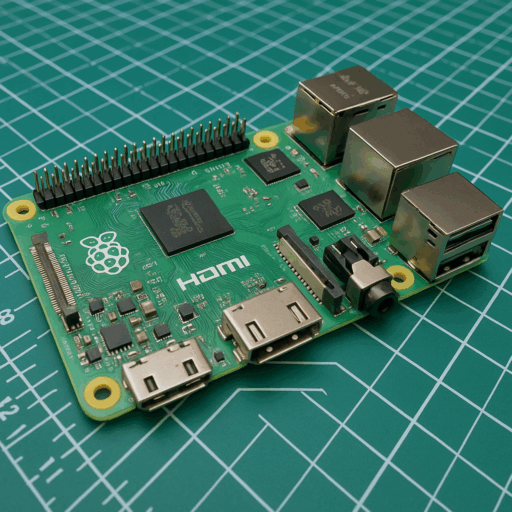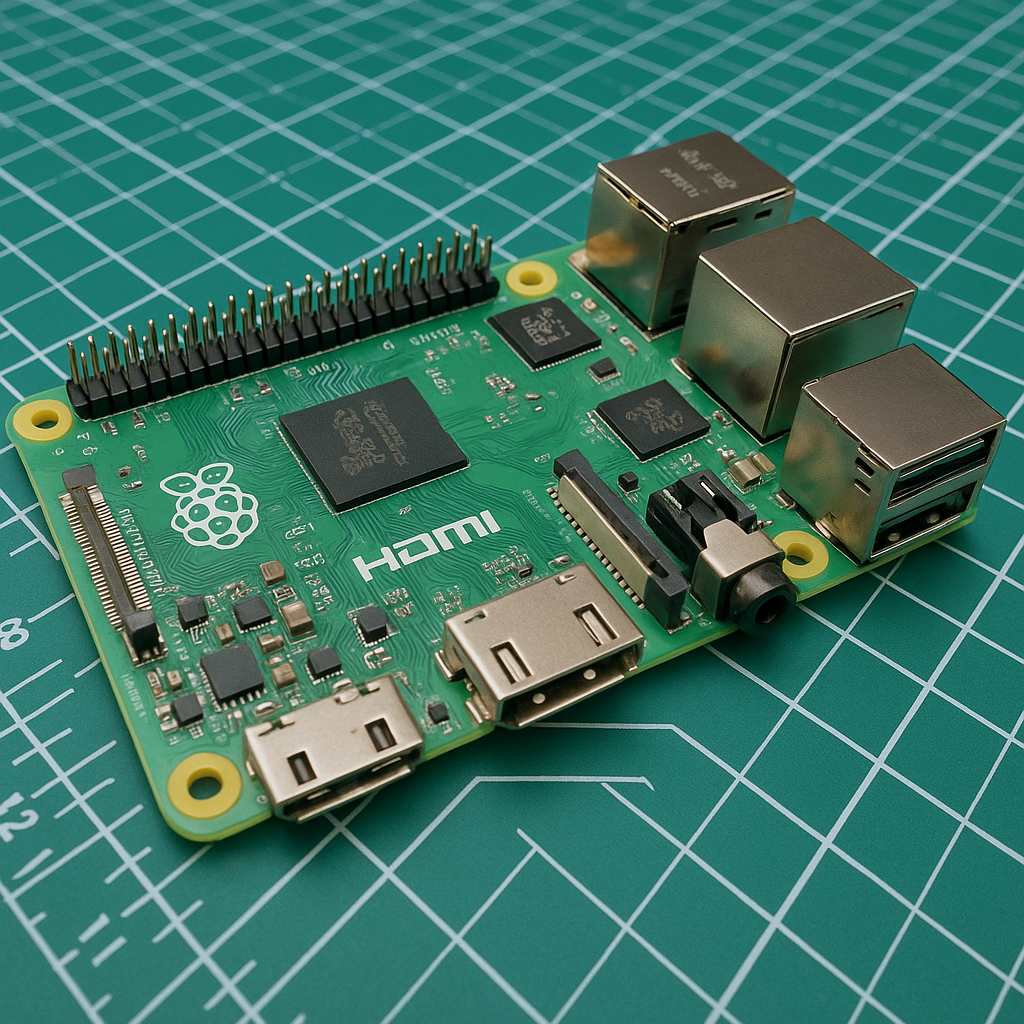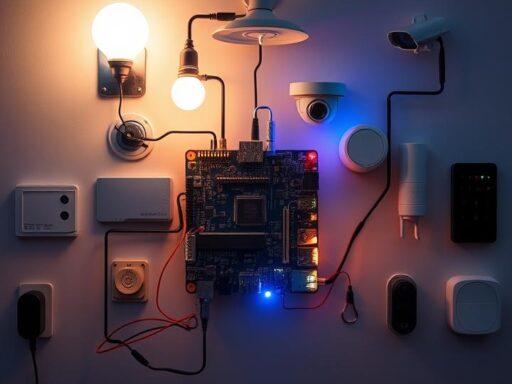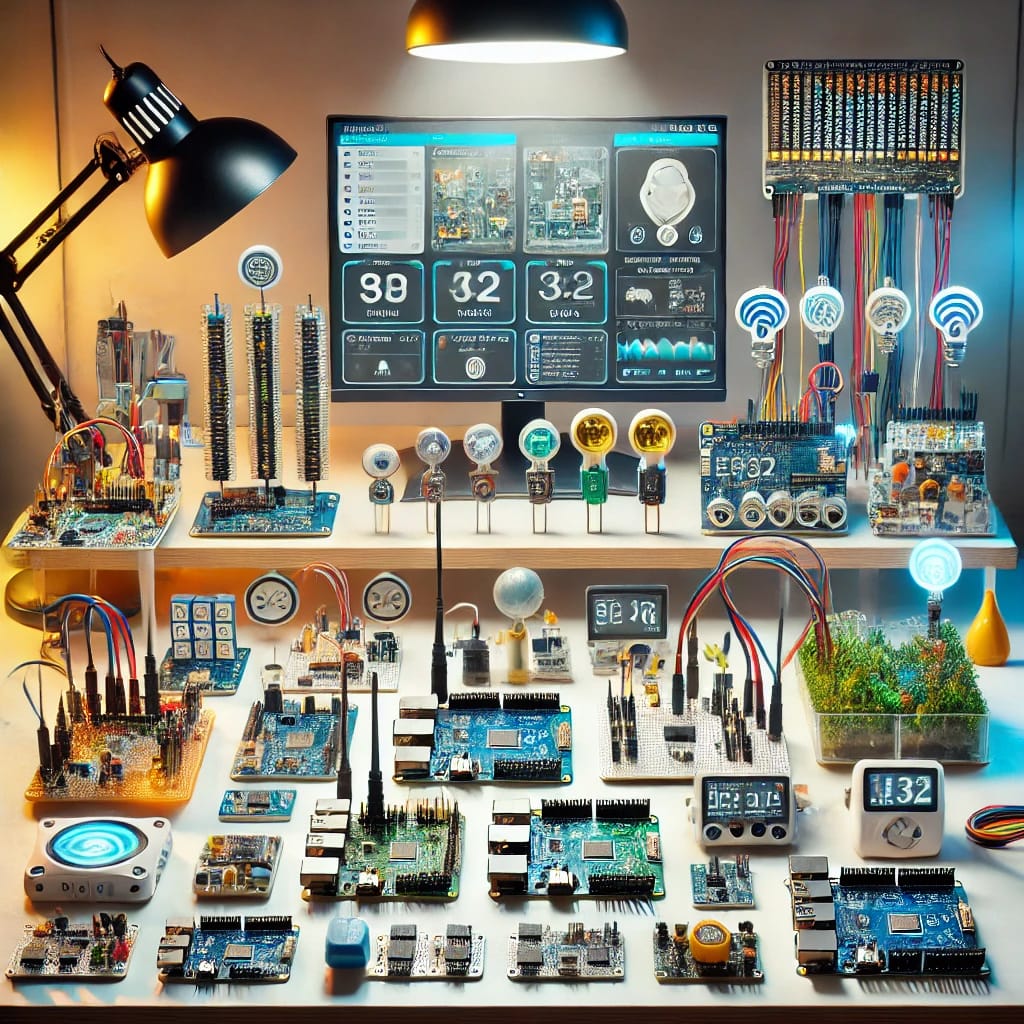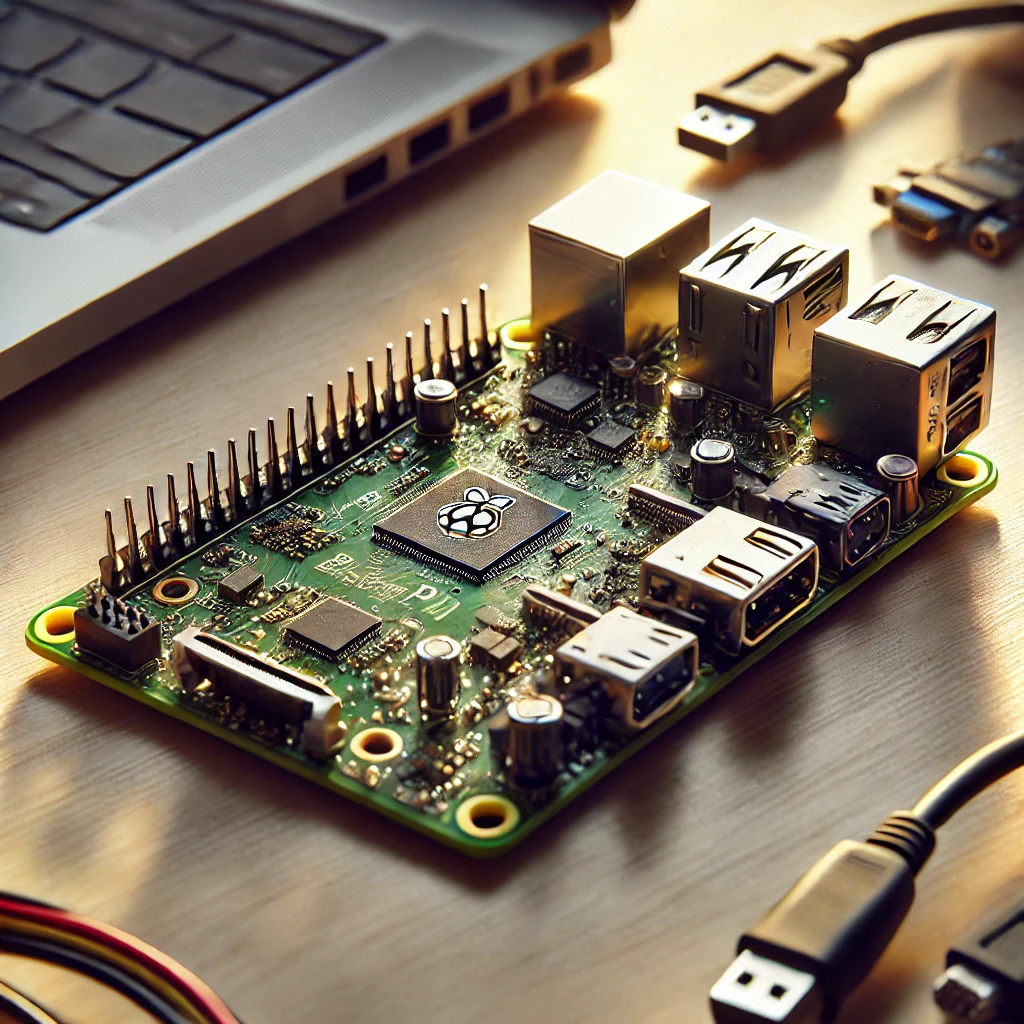The launch of the Raspberry Pi 5 has marked a significant milestone in the evolution of single-board computers. Designed to deliver desktop-class performance at a fraction of the cost, this model has introduced major hardware improvements, custom silicon, and expanded applications in both consumer and enterprise settings.
Released in late 2024 and continuing to dominate DIY markets in 2025, Raspberry Pi 5 is being embraced by developers, educators, makers, and tech hobbyists worldwide. Its performance and feature set have made it a reliable, flexible platform for everything from home media servers to robotics and even machine learning tasks.
In this article, the Raspberry Pi 5 will be explored in detail, covering its architecture, performance benchmarks, real-world use cases, software support, and future potential. Readers will be guided through each section with smooth transitional wording, ensuring that technical insights remain accessible.
Key Features of Raspberry Pi 5
A variety of hardware upgrades and architectural changes have been introduced to the Raspberry Pi 5, transforming how single-board computing is approached in 2025.
1. The RP1 I/O Controller
One of the most innovative advancements comes in the form of the RP1 I/O controller, designed in-house by Raspberry Pi Ltd. This custom chip replaces legacy third-party components used in the Raspberry Pi 4, consolidating control of USB, Ethernet, camera, display, and GPIO interfaces. As a result, input/output throughput has been drastically improved while latency has been reduced.
This move also reflects a broader strategic direction for Raspberry Pi Ltd., as the company begins to take control of more of its silicon design to better optimize performance and efficiency.
2. Enhanced CPU and GPU Performance
Raspberry Pi 5 features a quad-core 64-bit Arm Cortex-A76 processor clocked at 2.4 GHz, a major upgrade over the Cortex-A72 cores in the Raspberry Pi 4. According to benchmark comparisons, multi-threaded performance has tripled, enabling faster file compression, software builds, and media rendering.
The VideoCore VII GPU provides smoother rendering and better support for multimedia applications. This makes the Pi 5 capable of running dual 4K displays at 60 Hz, ideal for modern digital signage, multitasking workstations, and casual desktop use.
3. PCIe 2.0 and Storage Expansion
For the first time, a PCIe 2.0 lane has been exposed on the board via a FFC connector, allowing users to connect NVMe SSDs and other peripherals with faster data transfer speeds. This feature elevates the Raspberry Pi 5’s potential for high-performance tasks like database hosting or video editing.
Although not plug-and-play by default, this addition has opened up possibilities for users who are comfortable with adapters and custom enclosures.
4. RAM Options
The Pi 5 is available in two configurations:
-
4 GB LPDDR4X
-
8 GB LPDDR4X
These memory upgrades allow the device to efficiently manage more demanding tasks, such as container-based development, light virtualization, and machine learning workflows.
5. Dual 4K Display Support
Another notable improvement is the capability to support dual 4K video output. Both HDMI ports now support 4K resolution at 60Hz, compared to 30Hz in the previous model. This is especially beneficial for content creators, digital kiosk developers, and remote workers seeking a cost-effective dual-screen solution.
Benchmarking Raspberry Pi 5 in 2025
To fully appreciate the advancements in the Raspberry Pi 5, it is helpful to examine some real-world performance data.
1. CPU Benchmarks
Tests involving compilation of open-source projects, file encryption, and data analysis scripts have revealed that tasks now complete in a third of the time previously required. When compared to Raspberry Pi 4, users have reported between 2.5x to 3x speed increases depending on workload.
2. GPU Improvements
Thanks to the updated VideoCore VII GPU, graphical performance has improved significantly. Web-based rendering, basic 3D modeling, and video playback have all benefited. OpenGL-based applications run more fluidly, and graphical glitches that appeared on earlier models are now far less common.
3. Thermal Efficiency
Despite the increase in performance, Raspberry Pi 5 remains efficient in thermal management. The board includes a redesigned thermal spreader, and optional active cooling fans are available for users pushing the limits with overclocking or high-demand applications.
Stress tests have shown consistent clock speeds even after 30 minutes of high CPU load, something that wasn’t easily achievable in older Raspberry Pi models without throttling.
Real-World Use Cases and Applications
The practical applications of Raspberry Pi 5 have expanded in 2025, supported by its powerful specifications and flexible ecosystem.
1. Home Media Centers
Due to its 4K output and better GPU, Raspberry Pi 5 is often used to power media servers and streaming boxes. Kodi, Plex, and Jellyfin installations now provide lag-free experiences, even while decoding high-bitrate 4K video files.
2. IoT Gateways and Smart Home Controllers
The new RP1 controller enables faster and more stable peripheral connectivity. When used as an IoT hub, Raspberry Pi 5 efficiently connects multiple sensors and processes data in real time, making it an ideal base station for smart home automation projects using Home Assistant or Node-RED.
3. Desktop Computing
For light productivity tasks such as browsing, email, spreadsheets, and document editing, Raspberry Pi 5 now provides a viable desktop experience. Combined with SSD storage and 8 GB RAM, it functions smoothly as a daily driver for students or minimalist users.
4. Robotics and AI Projects
The improved CPU and RAM allow for more machine learning inference on-device. Computer vision tasks using OpenCV, TensorFlow Lite, or even YOLOv5 can now be handled locally with minimal latency.
5. Classroom and Educational Labs
Raspberry Pi 5 is being rolled out in educational institutions to teach Python programming, data science, and Linux system management. The board’s affordability and power make it an ideal learning tool for STEM students worldwide.
Software and OS Compatibility
1. Raspberry Pi OS (Debian Bookworm)
The Raspberry Pi 5 runs a specialized version of Raspberry Pi OS based on Debian Bookworm. Key changes include:
-
Wayland as the new display server, replacing X11
-
Improved hardware acceleration
-
Refined user interface
-
Enhanced driver support for the new RP1 I/O chip
2. Ubuntu and Alternative Operating Systems
Canonical has introduced official support for Ubuntu 24.04 LTS on Raspberry Pi 5, making it easier to install enterprise-grade software stacks. Other supported OS options include:
-
Manjaro ARM
-
Kali Linux
-
LibreELEC
-
Twister OS
3. Backward Compatibility
While GPIO pinouts are mostly preserved, some hardware accessories from the Pi 4 era may require adapters. Updates and patches from the community are being released to ensure smooth transitions.
Advantages and Limitations
 Pros
Pros
-
Major performance improvements (CPU, GPU)
-
RP1 enables better I/O management
-
PCIe 2.0 opens new expansion possibilities
-
Dual 4K HDMI output
-
Efficient thermal design
 Cons
Cons
-
Some accessories may be incompatible
-
Slightly higher cost than previous models
-
PCIe requires adapters and isn’t user-friendly for beginners
Getting Started with Raspberry Pi 5
For users planning to adopt the Raspberry Pi 5, certain steps and tools are recommended.
1. Purchasing the Board
The Raspberry Pi 5 is widely available through official resellers such as:
-
The Pi Hut
-
Adafruit
-
SparkFun
-
Pimoroni
2. Recommended Accessories
-
Active cooling solution (fan or heatsink)
-
USB-C 27W power adapter
-
MicroSD card or NVMe SSD via PCIe
-
Compatible case for airflow and port access
3. First-Time Setup
Once Raspberry Pi OS is flashed onto a microSD card or SSD, the setup involves:
-
Selecting a language and keyboard layout
-
Connecting to Wi-Fi
-
Installing updates
-
Enabling SSH for remote access
-
Configuring boot behavior and localization
Raspberry Pi Community and Support
The Raspberry Pi Foundation continues to maintain one of the largest open-source hardware communities in the world. In 2025, the following platforms remain active:
-
Official Raspberry Pi Forums
-
GitHub Projects for code repositories
-
YouTube Channels such as Jeff Geerling and ETA Prime
-
Documentation on raspberrypi.com
Whether seeking help or showcasing projects, the community offers peer-to-peer support, frequent software updates, and creative collaboration opportunities.
Looking Ahead: What’s Next for Raspberry Pi?
With the success of the Raspberry Pi 5, expectations are high for future releases. The Raspberry Pi Foundation has hinted at:
-
More custom silicon development
-
Better support for AI/ML inference acceleration
-
Enhanced industrial applications for automation and manufacturing
-
Potential Raspberry Pi 500 (an all-in-one desktop version)
Given the direction the platform is taking, more power-efficient, expandable, and user-focused designs can be expected.
The Raspberry Pi 5 has redefined what is possible in the world of affordable computing. By integrating custom silicon, PCIe expansion, improved display output, and greater processing power, it has created new possibilities for makers, professionals, and educators alike.
Its place in the DIY, enterprise, and educational markets appears more secure than ever. Whether being used to power a home media center, manage smart sensors, or teach programming to the next generation, Raspberry Pi 5 has set a new benchmark in single-board computing.
Feel free to check out our other website at http://master3dp.com/ where you can learn to 3D print anything needed for a project.

